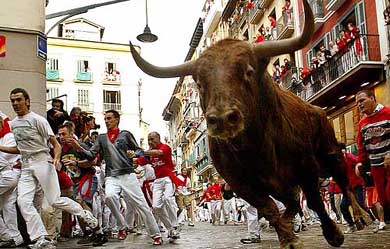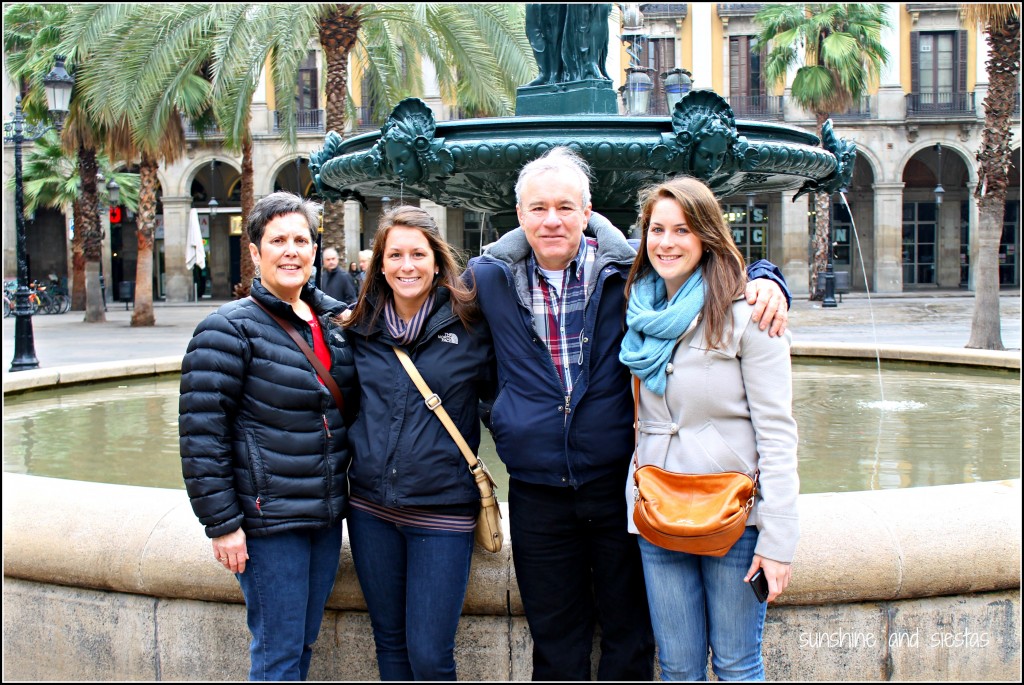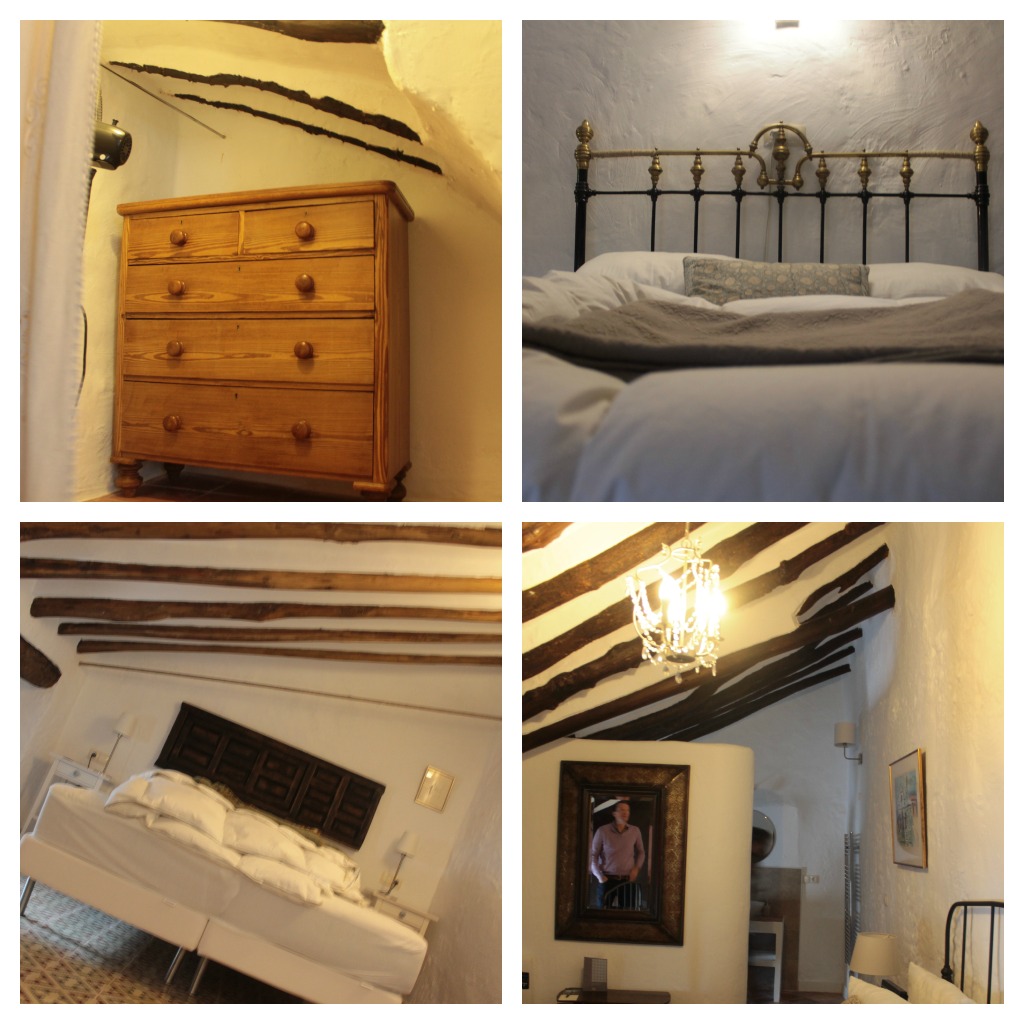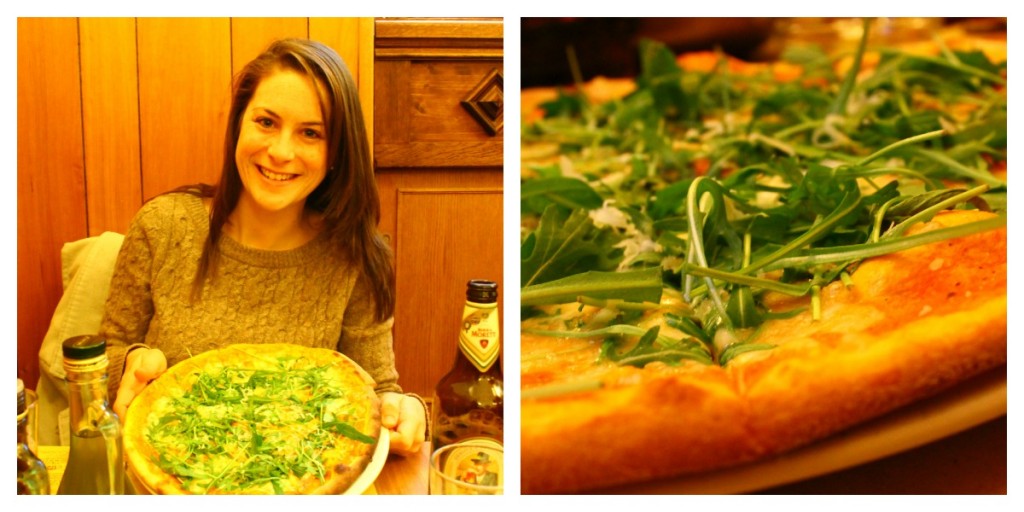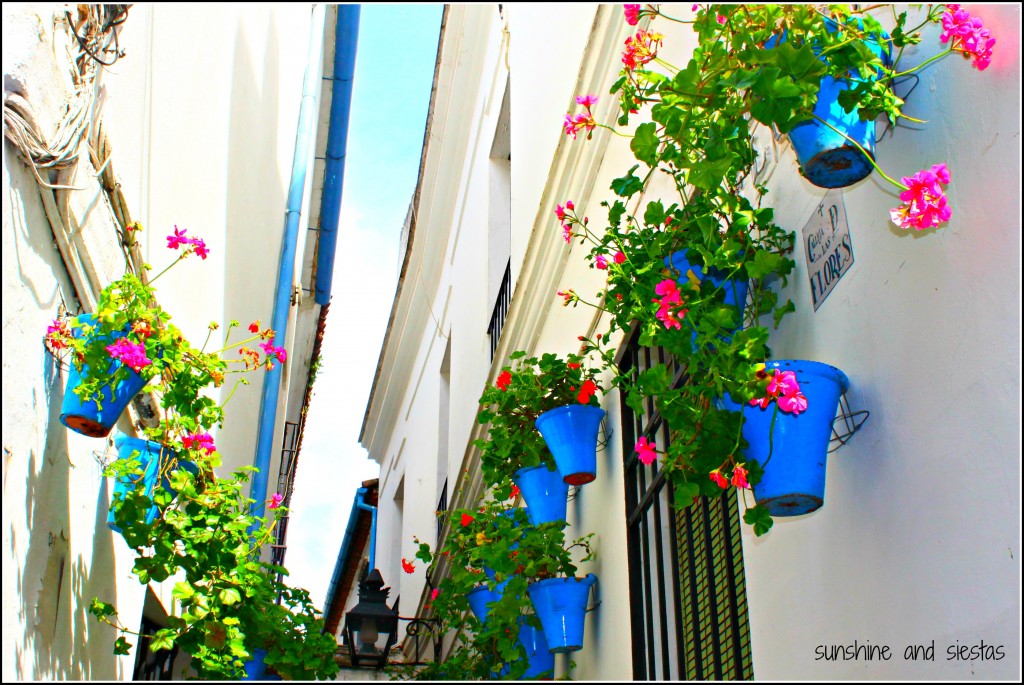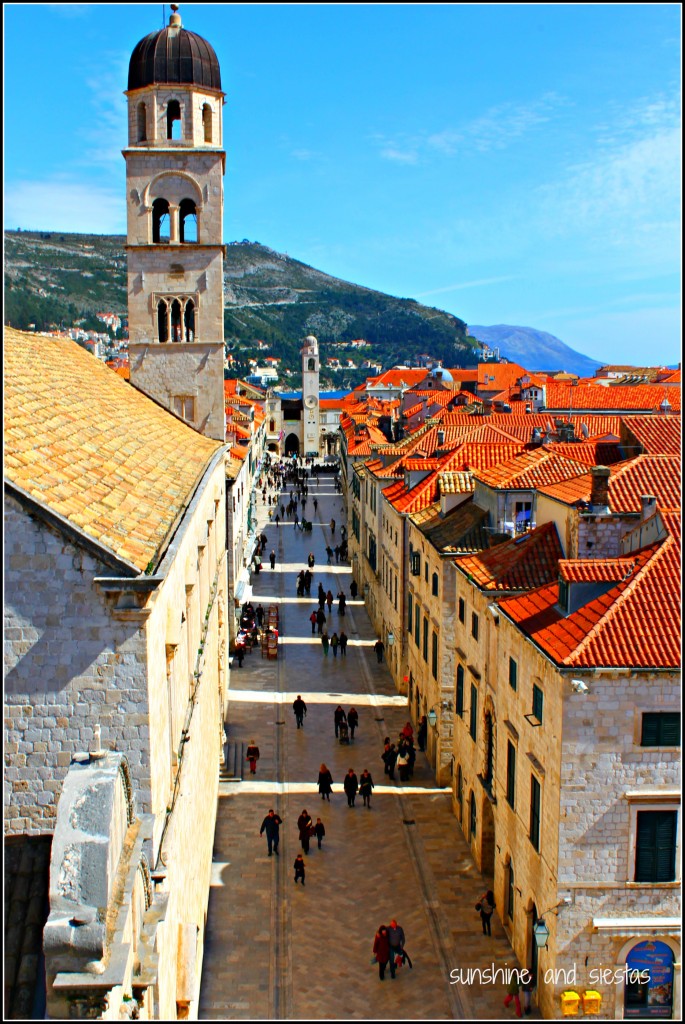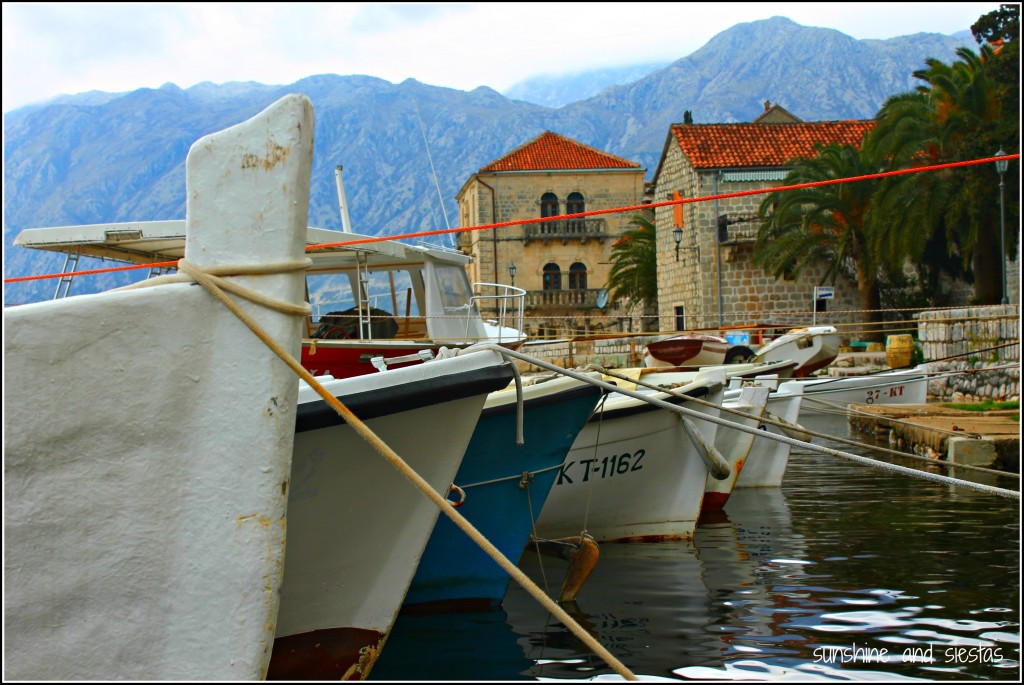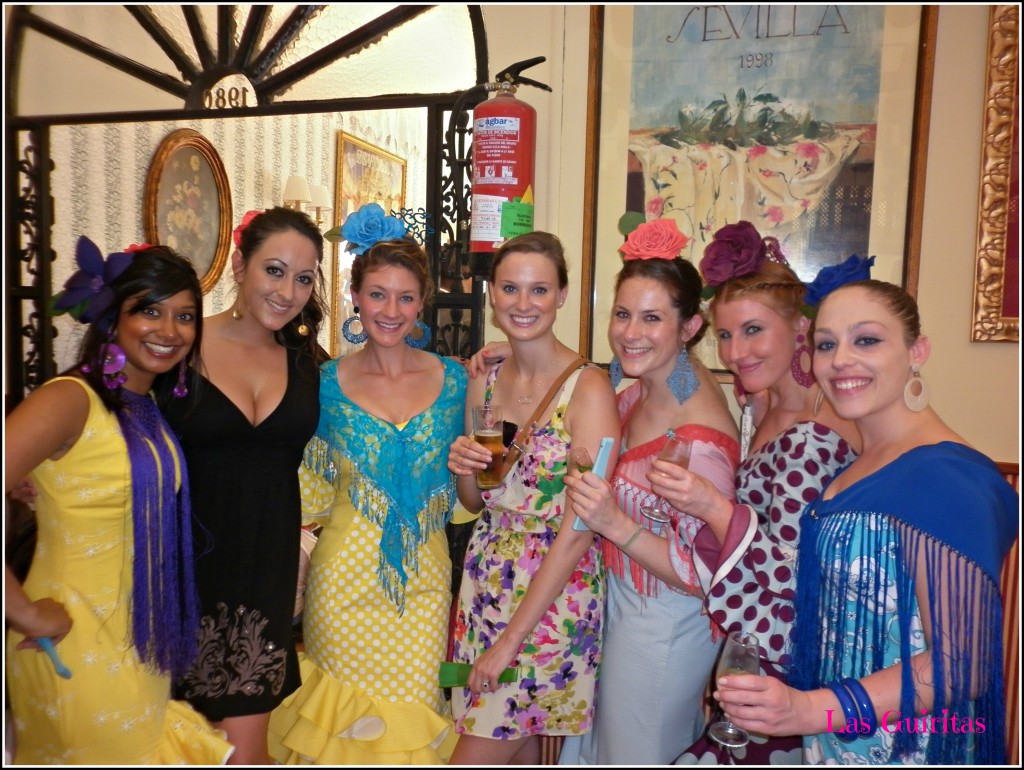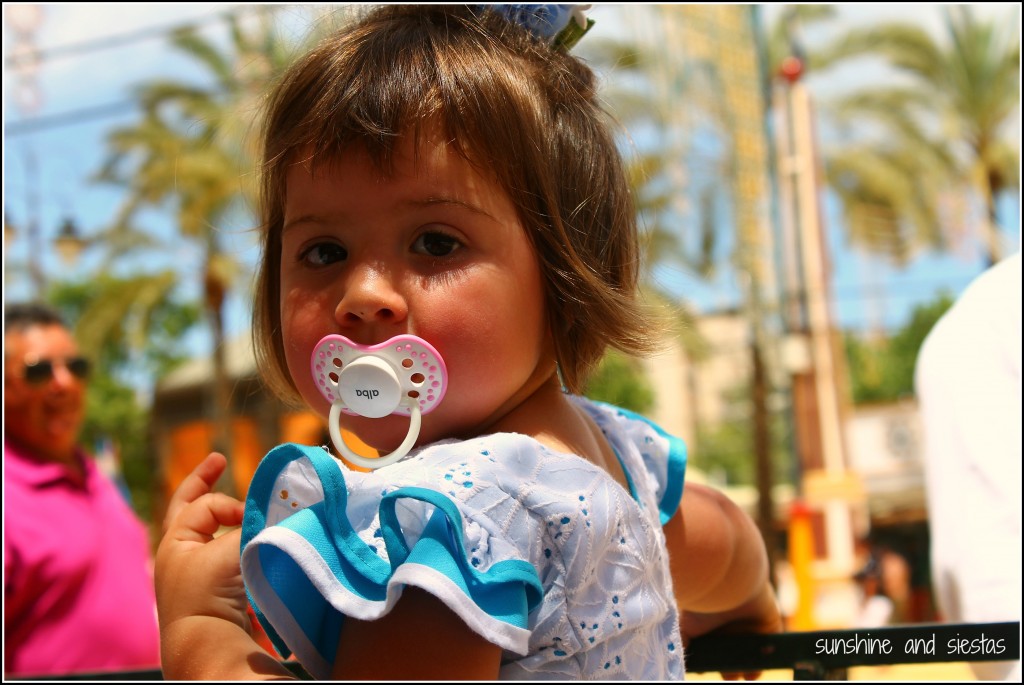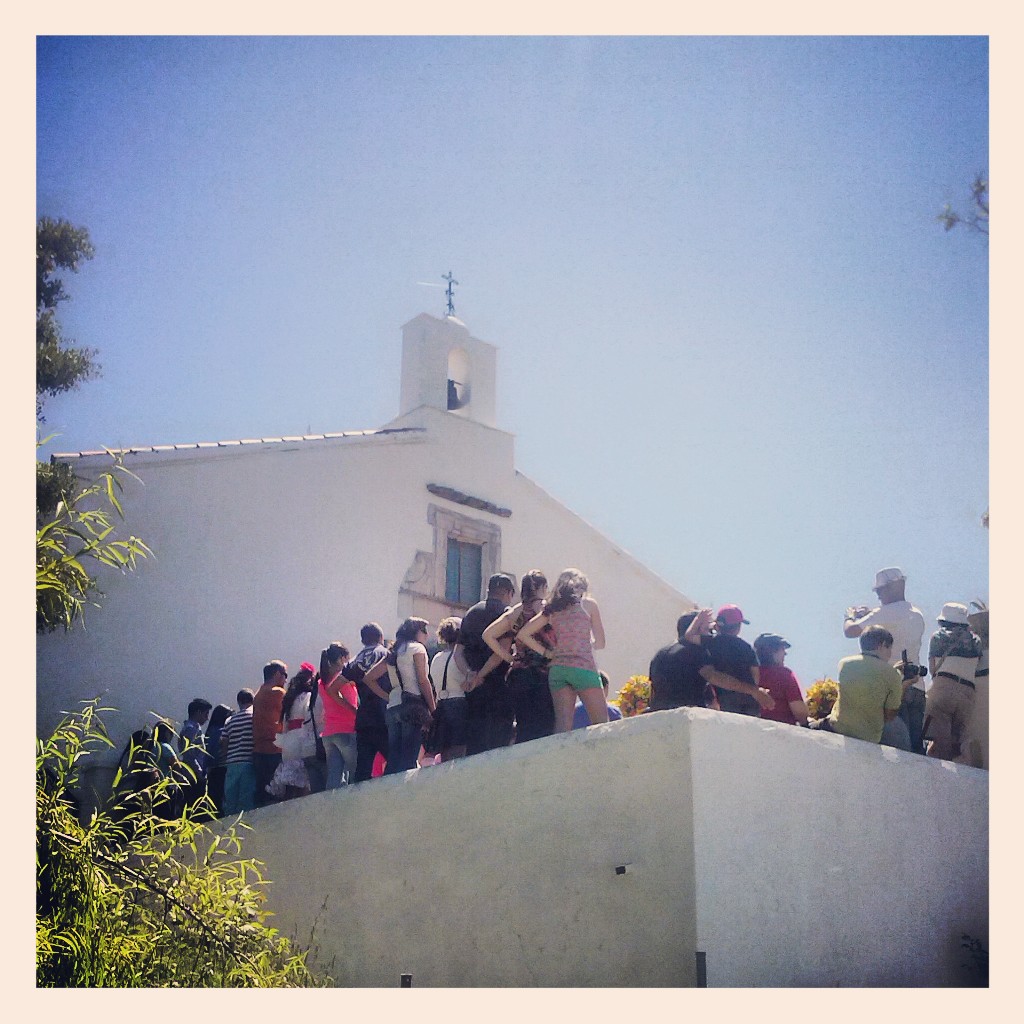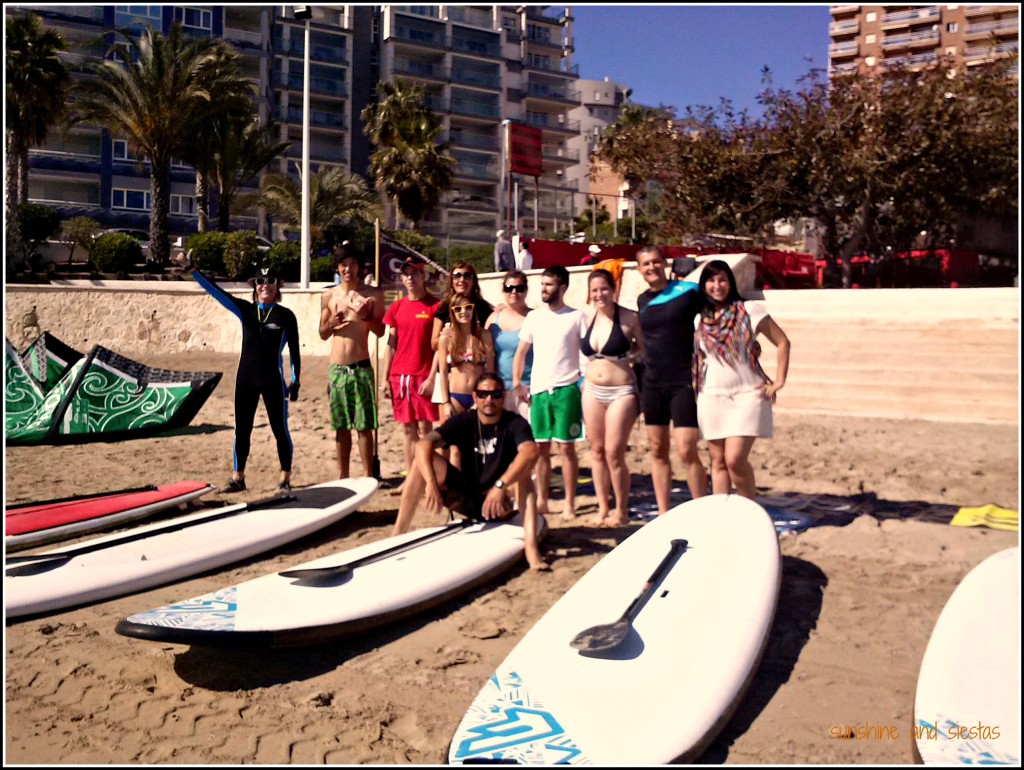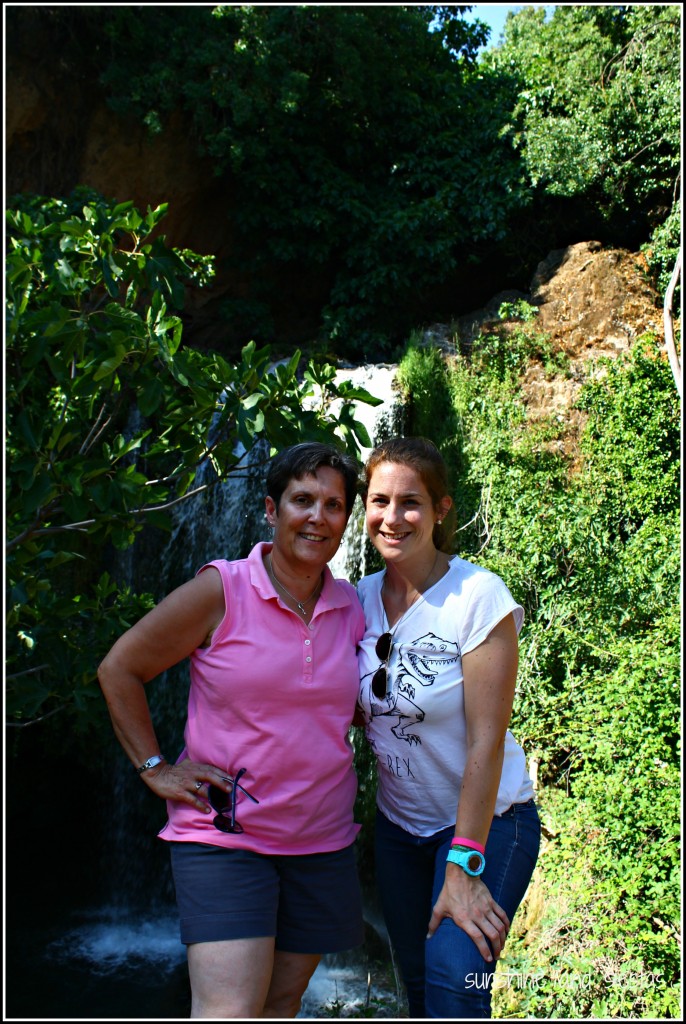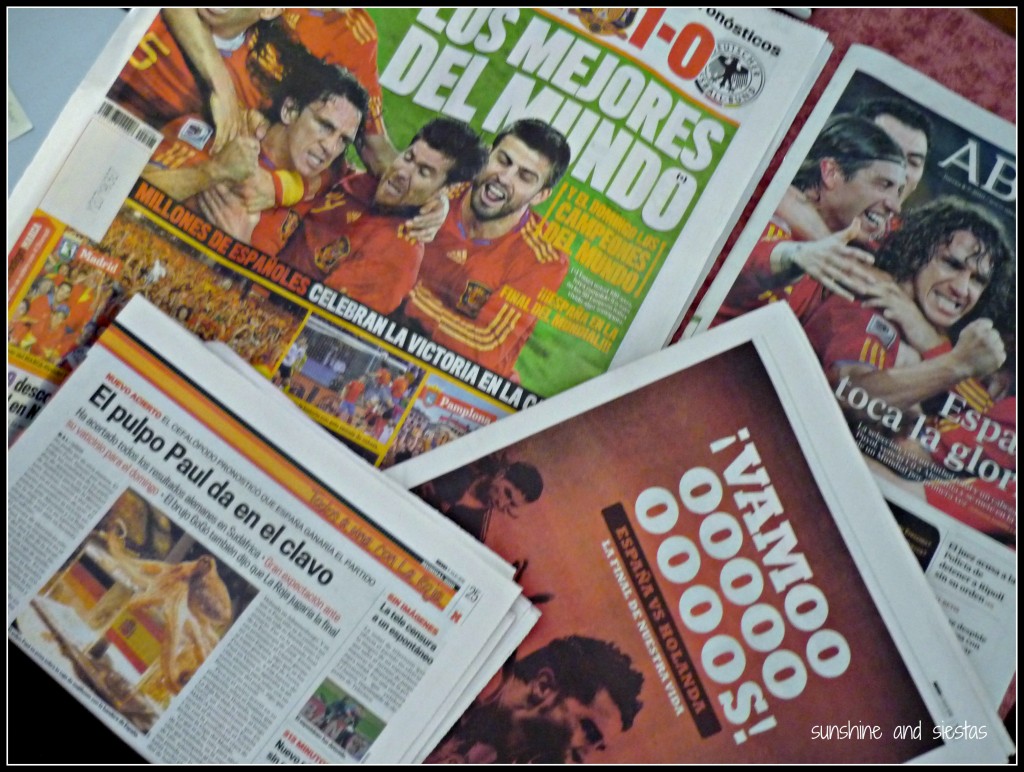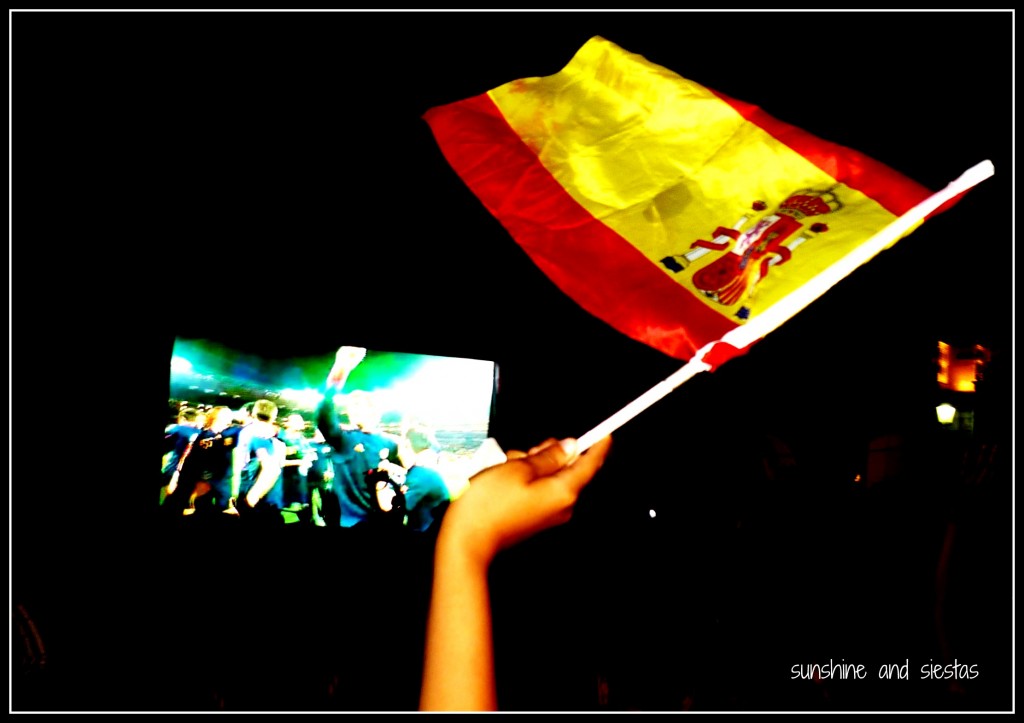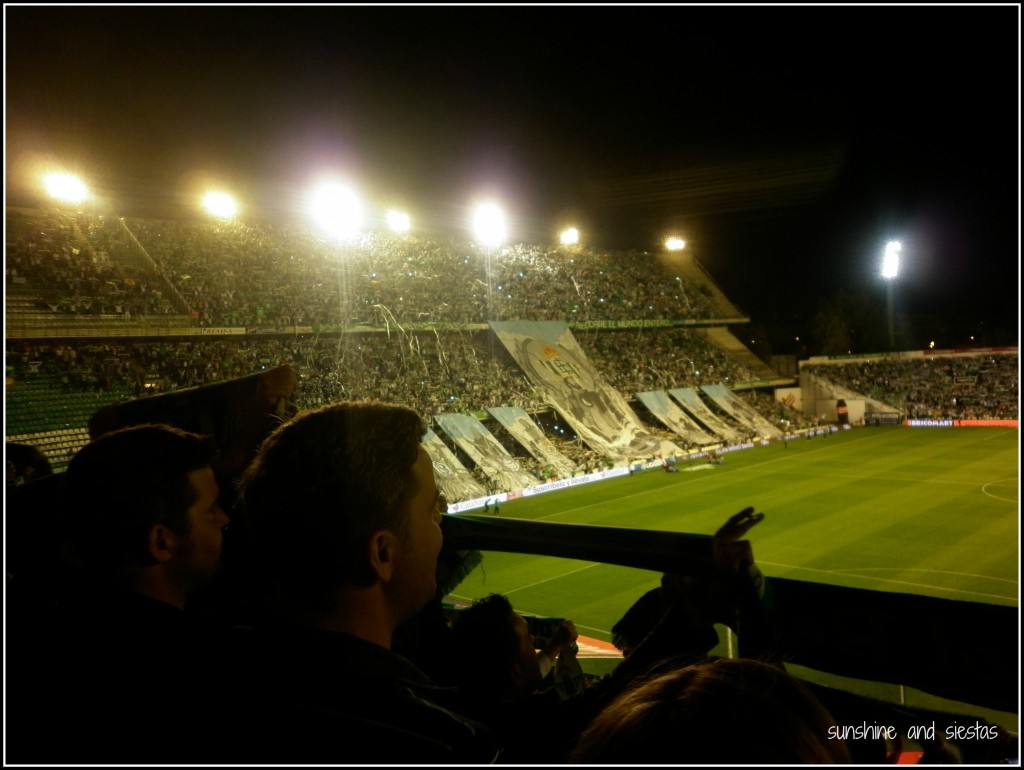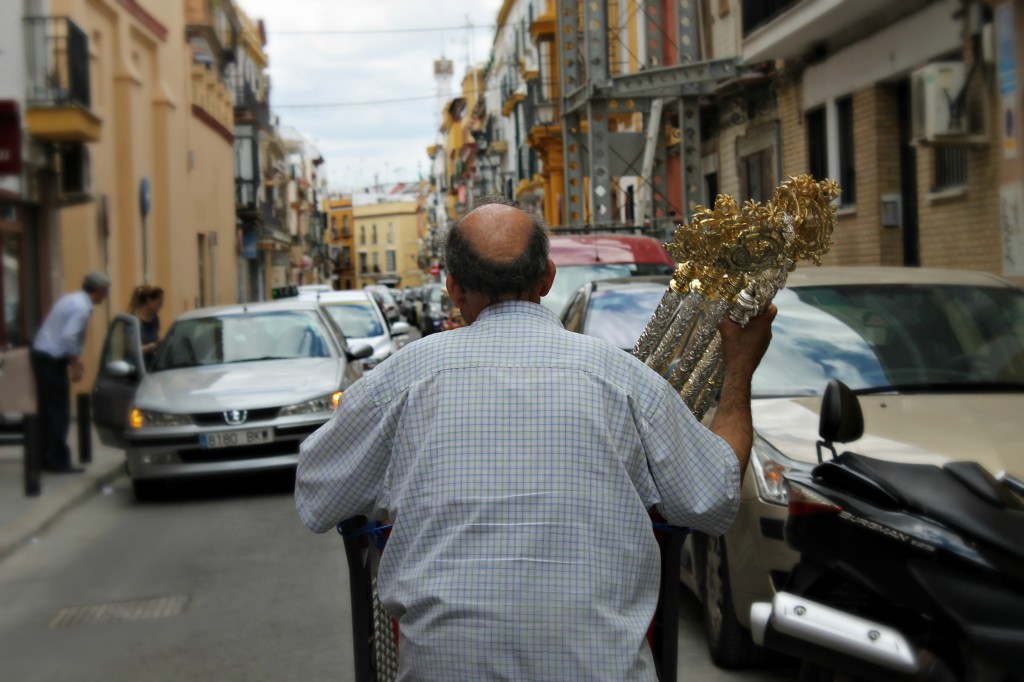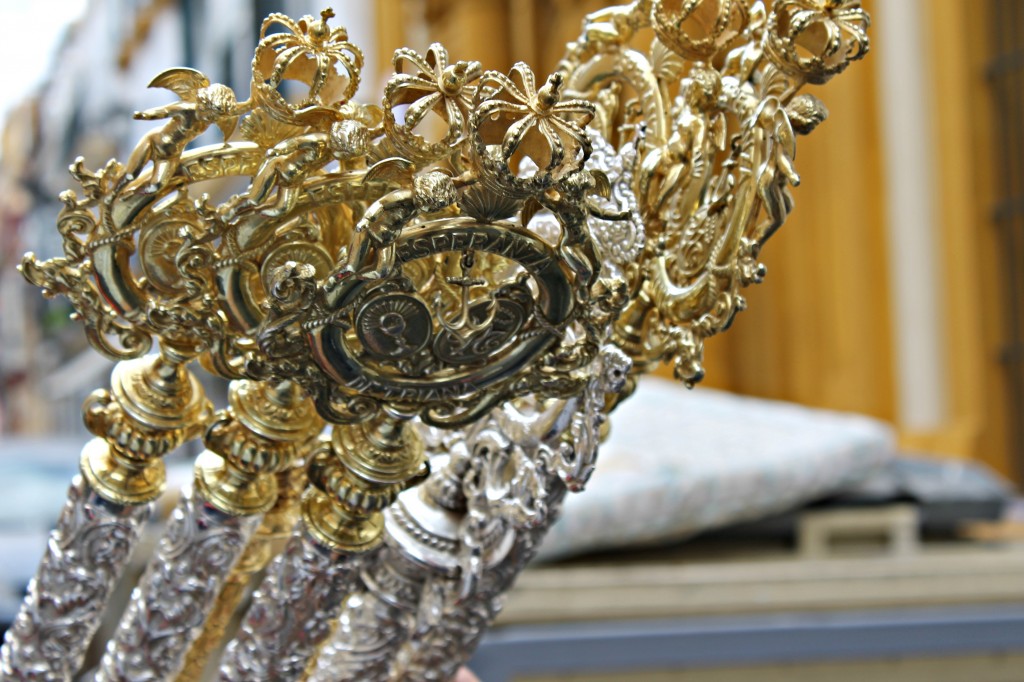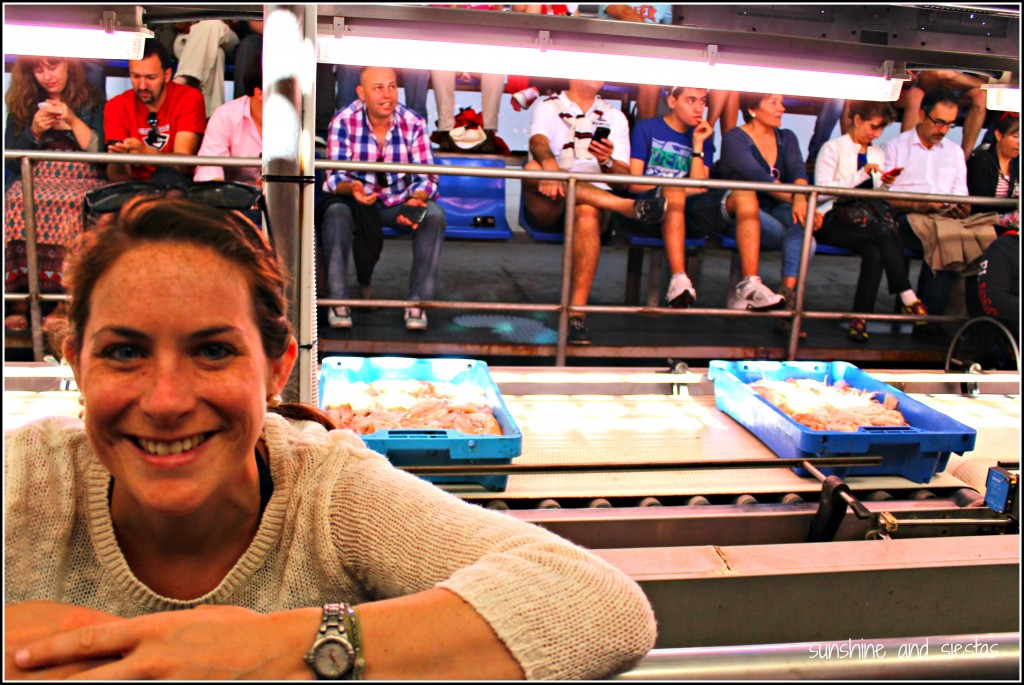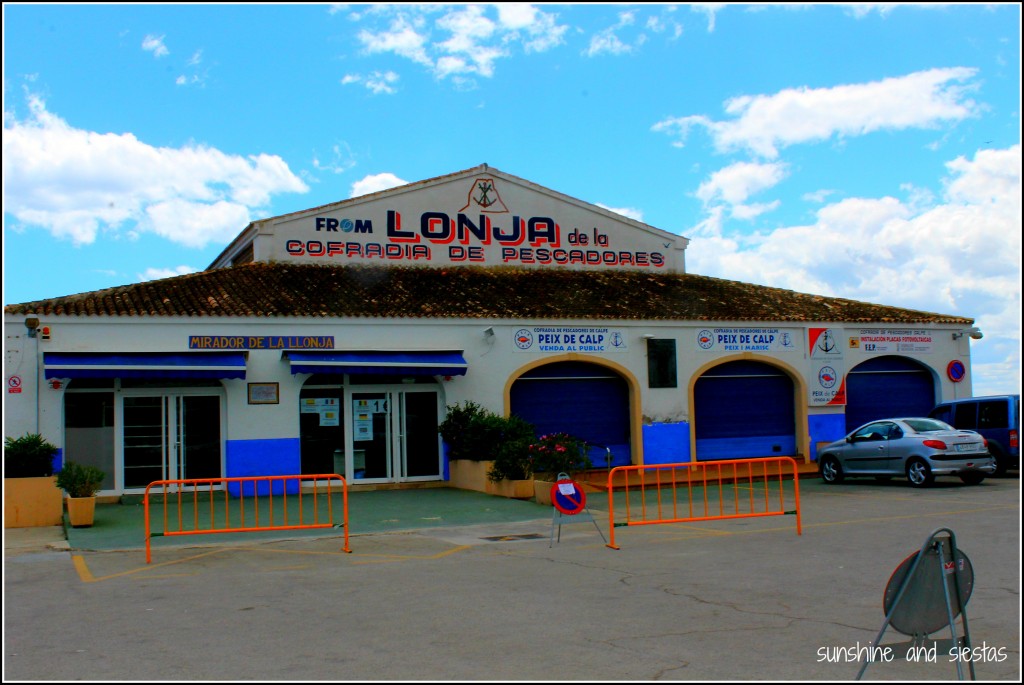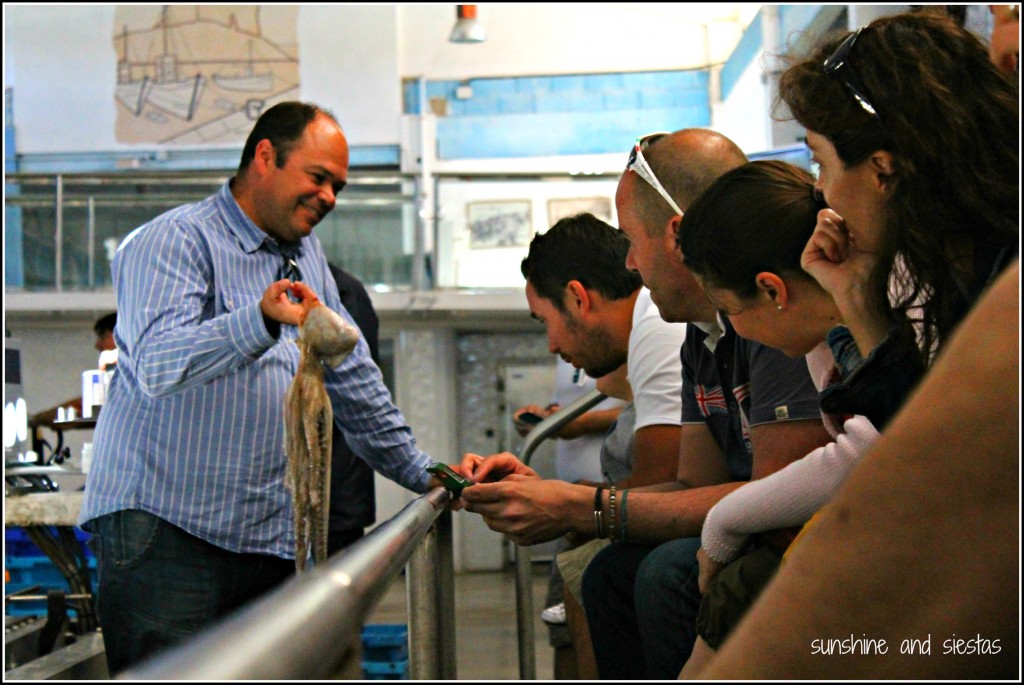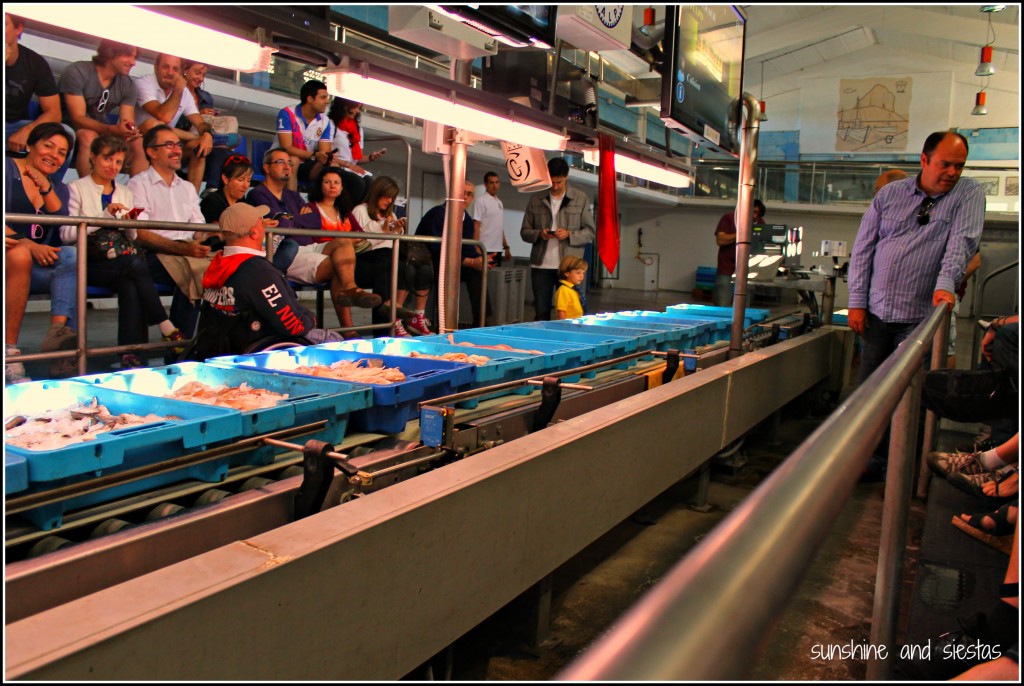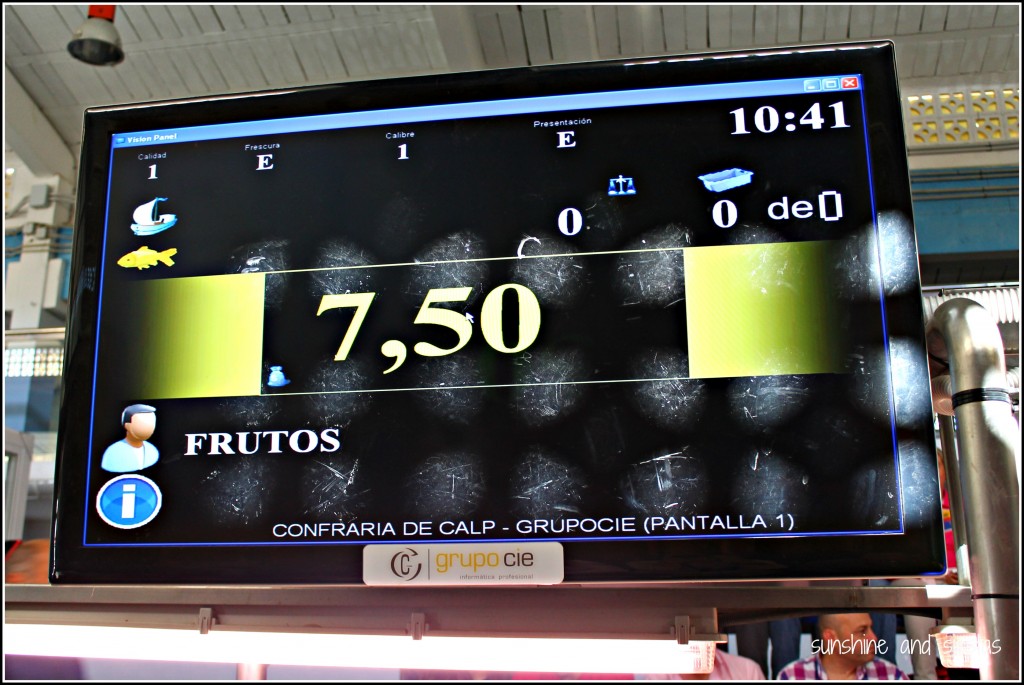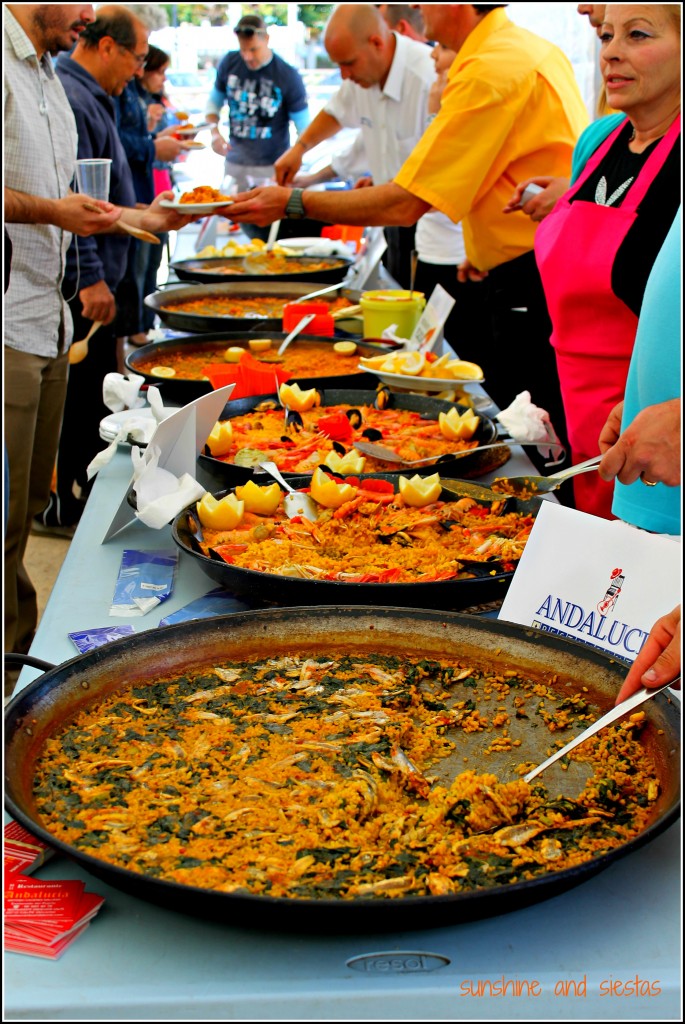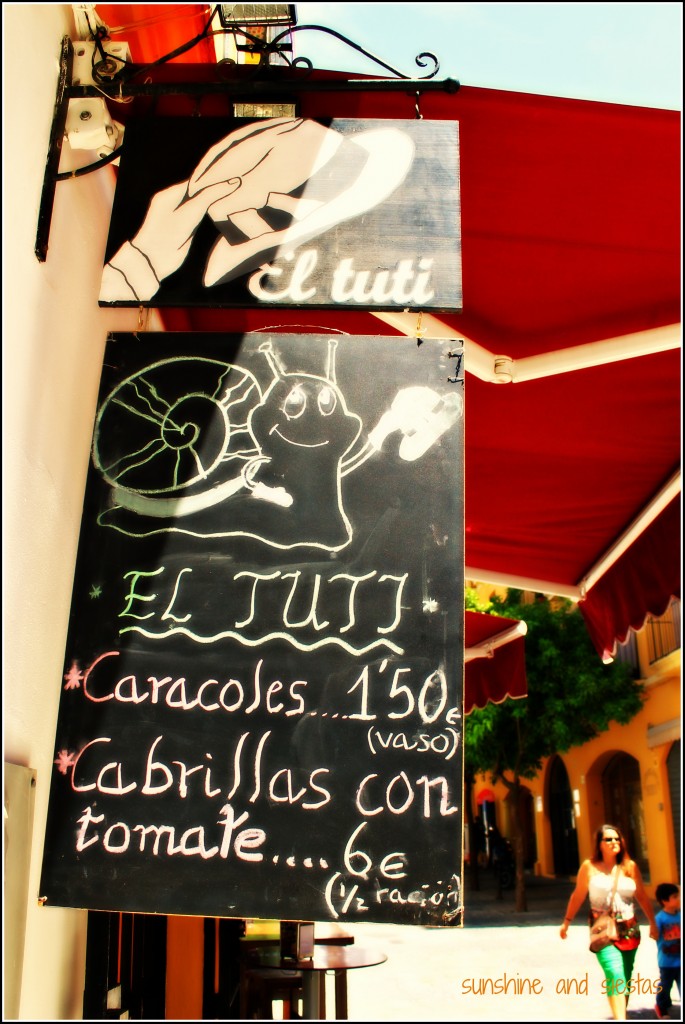Author’s note: This article was written by a guest author. While I have been to quaint Pamplona, I have never seen the bullfights or the running of the bulls that has made this city so famous. Therefore, none of the sentiments expressed in the post belong to me or to Sunshine and Siestas.
What images appear in anyone’s mind when they encounter the words “tour,” “tourist,” “touring,” or “leisure travel”? For me, it brings back memories of my stay in some of the best hotels in Costa Brava, my scuba diving adventure off the coast in Thailand, my long-distance trekking in the Lower Himalayas, and other countless visits in top destinations in the world. However, I’ve always known that tourism is more than that. It includes interacting with locals, tasting local cuisine in the region’s humble restaurants, learning more about the region’s history, shopping and haggling in bazaars and souks, or discovering less-known areas. In other words, to truly complete and enjoy a tour, I usually make an effort to experience a nation’s culture first-hand by doing what locals do every day.
Through my experiences, I learned that one of the best ways to experience a region’s culture is to witness and, better yet, join its festivals. Festivals embody and encapsulate a lot of the nation’s history and culture in a single event. For locals, it is a way to commemorate something significant, historical, or inspirational that made them the way they are today. For tourists, partaking in a festival is a way to learn something about the place while having a great deal of fun.
San Fermines
Spain is one of those countries where festivals are seemingly almost a daily occurrence, which is not surprising considering that it has a rich history and culture whose influence echoes to almost every corner of the world. Each Spanish city, town, village, or municipality may have its own plethora of festivals. And in Pamplona in Navarre, Spain, tourists can have more than just travel and leisure when they partake of the festival of San Fermin, locally known as San Fermines.
The festival, which is celebrated from July 7 to July 14 every year, is held in honour of the co-patron saint of Navarre, St. Fermin, which the festival is named after. It is considered as the one of the most popular and well-attended festival in Spain. In fact, every year, vastly more than 1 million people participate in the San Fermines. During the festival, the entire populace wears white shirts and red scarves. I’ve witnessed the San Fermines celebration – it’s spectacular!
Daily Events
Each day of the San Fermines festival is marked by daily activities that are fun, and sometimes dangerous, apart from the festival’s main attraction.
The Running of the Bulls – this event, which begins at 8 AM every day, involves masses of people running for their lives in front of enraged bulls: six bulls to be exact! The participants run half a mile of narrow streets in a part of old Pamplona, a run that usually lasts for 3 minutes, while being chased by big, strong bulls. The run ends at the bullring where the beasts will be held until the bullfight in the afternoon. Needless to say, the event is inherently dangerous. (Cat has walked these narrow, slippery cobblestone streets – it’s not for the faint of heart!)
The Parade of Giants – every morning from July 7 to 8, a parade of giant mascots is held in the streets of Pamplona. The giants, some of them over 150 years old, represent the rulers of different places and races. A skilled performer “wears” the giant costume while dancing to the rhythm of classical Spanish music. It’s a fun event as the giants playfully run after children.
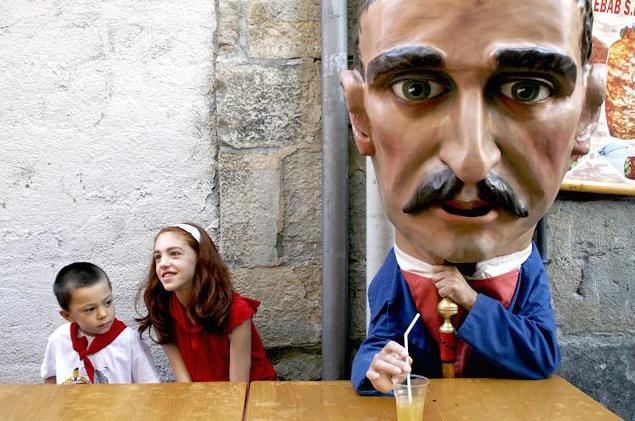 source
source
Bullfights – Spain has always been associated with bullfights. Each afternoon from July 7 to 14, fully costumed toreros step out into the arena and perform their dance with angry, powerful bulls. The stadium is always full during the afternoon, and those interested are advised to book tickets ahead of time if they wish to check out bullfights.
Classical sports – Forget football, basketball, and other modern Spanish sports. During the San Fermines festival, tourists and locals are re-introduced to traditional Basque sports that were once played hundreds of years ago. Every afternoon, in a square near the city’s citadel or bullring, local Spaniards and tourists either watch or participate in sports like hay bale lifting, woodcutting, stonelifting, and Jai ali. You can bet on your favourite “athlete,” by the way.
Fireworks Shows – at the end of the day, the city launches a fireworks show. These colourful shows in the sky have been a part of San Fermines since 1595, and Pamplona has been hosting international fireworks competitions since 2000. During the night, thousands of people sit down on the grass around the city park to marvel at the exploding, brilliant colours in the night sky.
Take part of the San Fermines, one of the most popular festivals in Spain.
Author bio: Ariana Louis is a backpacker, traveller, and blogger. For more than a decade, she has experienced spending hotels in Costa Brava, exploring the jungles of Thailand, hiking the wilderness of the Lower Himalayas, and travelled to the corners of the globe. She keeps a cool photo blog of her adventures which also includes practical travel and adventure tips.
I’m headed to the Tomatina festival this August, a bit more my style than the heart-pounding (not to mention, life-threatening) action. Have you ever been to the San Fermines festival? Was it absolutely mad?!
